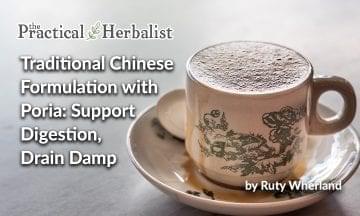Topical application tincture of Spilanthes acmella (Toothache Plant) is the fastest acting dental application for inflamed gums. It's pain numbing (analgesic) properties can be used on other areas of the body as well.
Read this article and all of our other Herbal Nerd Society Content.
Become a Member Today. Join Us Here. | Already a Member just log in here.







